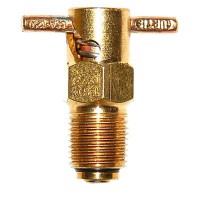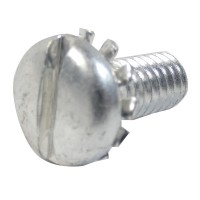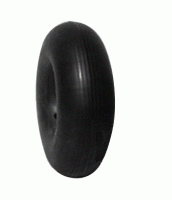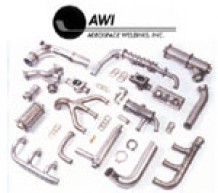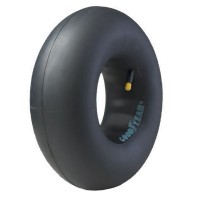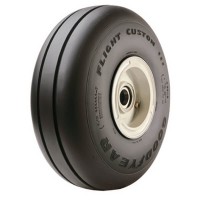1-877-795-2278 | info@aircraftspruce.ca
Aircraft Spruce Canada
Brantford, ON Canada
Corona, CA | Peachtree City, GA
Chicago, IL | Wasilla, AK
Aircraft Spruce Canada
Brantford, ON Canada
Corona, CA | Peachtree City, GA
Chicago, IL | Wasilla, AK
THE AVIATION SUPERSTORE FOR ALL YOUR AIRCRAFT & PILOT NEEDS | 877-795-2278
F-35B JSF/Stovl Usmc Model
$187.75/Each
Part# 13-10705
MFR Model# CF035B2TR
MFR Model# CF035B2TR
Overview
|
The F-35B JSF STOVL is a single-seat, single-engine, stealth-capable military strike fighter, a short takeoff and vertical landing (STOVL) variant aircraft that can perform close air support, tactical bombing, and air-to-air combat. The F-35B was developed by an aerospace industry team led by Lockheed Martin, with Northrop Grumman and BAE Systems as major partners. It took its first flight on December 15, 2006. The F-35B was the result of the Joint Strike Fighter (JSF) program created by the U.S. Defense Department, out of a requirement for a multi-role fighter aircraft capable of both air-to-ground and air-to-air missions. The F-35B replaced the AV-8B Harrier STOVL and F/A-18 fighter planes of the US Marine Corps. The F-35Bs advantage over other legacy STOVL strike fighters is its concealed belly-mounted 25 mm gun pod and combat radius of more than 450 NM, which is two times greater than the latter. The U.S. Air Force (USAF) requested to acquire hundreds of F-35B STOVL for the battlefield close support role in 2004. JSF program officials insisted that they do not want to build a fourth JSF variant despite the USAFs interest in acquiring a new STOVL model. However, Lockheed Martin still developed the fourth version of the Joint Strike Fighter to satisfy the needs of the Navy, Marine Corps and Air Force of the United States, and the Royal Air Force and Navy of the United Kingdom. |
Q&A
Please note, Aircraft Spruce Canada's personnel are not certified aircraft mechanics and can only provide general support and ideas, which should not be relied upon or implemented in lieu of consulting an A&P or other qualified technician. Aircraft Spruce Canada assumes no responsibility or liability for any issue or problem which may arise from any repair, modification or other work done from this knowledge base. Any product eligibility information provided here is based on general application guides and we recommend always referring to your specific aircraft parts manual, the parts manufacturer or consulting with a qualified mechanic.

 Aircraft Spruce Canada
Aircraft Spruce Canada








